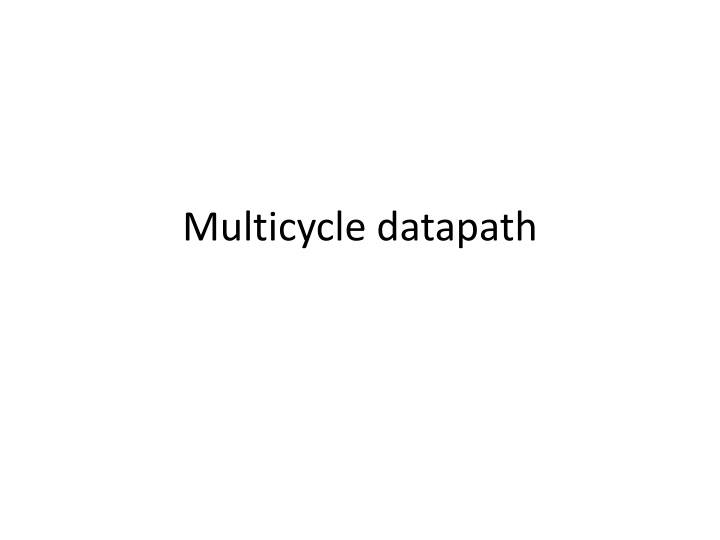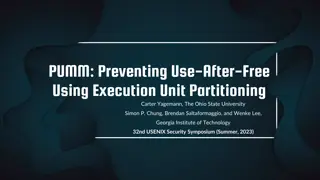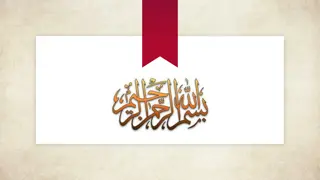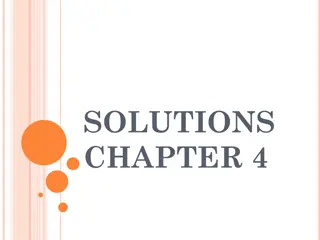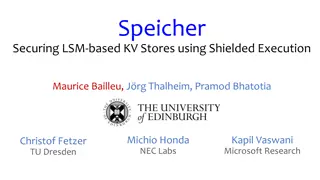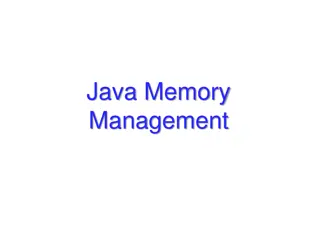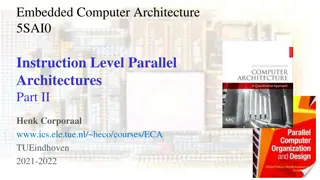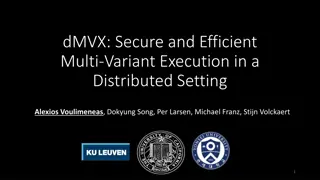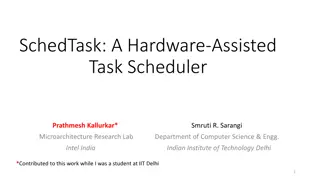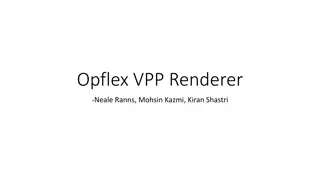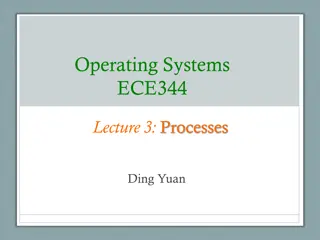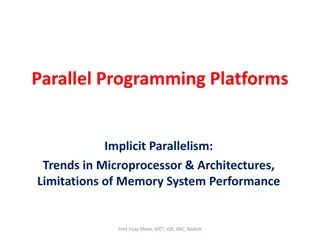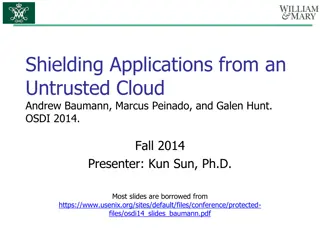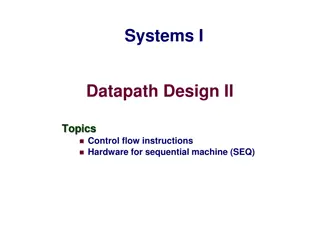Multicycle Datapath and Execution Steps Overview
This content provides a detailed explanation of a multicycle datapath and the execution steps involved in processing instructions. It covers key elements such as instruction fetching, decoding, memory referencing, ALU operations, branch and jump instructions, as well as memory access for read and write operations. Each execution step is illustrated with accompanying images for better understanding of the process.
Download Presentation

Please find below an Image/Link to download the presentation.
The content on the website is provided AS IS for your information and personal use only. It may not be sold, licensed, or shared on other websites without obtaining consent from the author.If you encounter any issues during the download, it is possible that the publisher has removed the file from their server.
You are allowed to download the files provided on this website for personal or commercial use, subject to the condition that they are used lawfully. All files are the property of their respective owners.
The content on the website is provided AS IS for your information and personal use only. It may not be sold, licensed, or shared on other websites without obtaining consent from the author.
E N D
Presentation Transcript
Multicycle Execution Step (1): Instruction Fetch IR = Memory[PC]; PC = PC + 4; 4 PC + 4
Multicycle Execution Step (2): Instruction Decode & Register Fetch A = Reg[IR[25-21]]; (A = Reg[rs]) B = Reg[IR[20-15]]; (B = Reg[rt]) ALUOut = (PC + sign-extend(IR[15-0]) << 2) Branch Target Address Reg[rs] PC + 4 Reg[rt]
Multicycle Execution Step (3): Memory Reference Instructions ALUOut = A + sign-extend(IR[15-0]); Reg[rs] Mem. Address PC + 4 Reg[rt]
Multicycle Execution Step (3): ALU Instruction (R-Type) ALUOut = A op B Reg[rs] R-Type Result PC + 4 Reg[rt]
Multicycle Execution Step (3): Branch Instructions if (A == B) PC = ALUOut; Branch Target Address Reg[rs] Branch Target Address Reg[rt]
Multicycle Execution Step (3): Jump Instruction PC = PC[31-28] concat (IR[25-0] << 2) Branch Target Address Reg[rs] Jump Address Reg[rt]
Multicycle Execution Step (4): Memory Access - Read (lw) MDR = Memory[ALUOut]; Mem. Address Reg[rs] PC + 4 Mem. Data Reg[rt]
Multicycle Execution Step (4): Memory Access - Write (sw) Memory[ALUOut] = B; Reg[rs] PC + 4 Reg[rt]
Multicycle Execution Step (4): ALU Instruction (R-Type) Reg[IR[15:11]] = ALUOUT Reg[rs] R-Type Result PC + 4 Reg[rt]
Multicycle Execution Step (5): Memory Read Completion (lw) Reg[IR[20-16]] = MDR; Reg[rs] Mem. Address PC + 4 Mem. Data Reg[rt]
